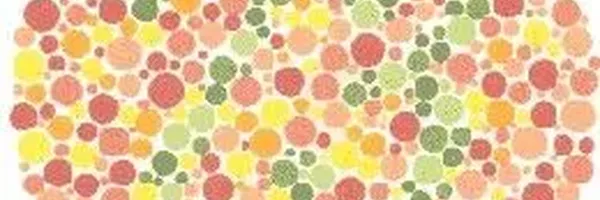Colourblindness
Grade 6
Presentation
No video provided
Hypothesis
Approximately 95% of people who are colour blind are men. Because men are more likely to be color blind, then our findings will demonstrate that our sample of men will be higher than woman to be colour blind, because men only need one X Chromosome compared to women who need two X Chromosomes. So our hypothesis is that more men than women will be colourblind.
Research
The two websites that we use were https://colormax.org/color-blind-test/ and Why Men are Colorblind More Often Than Women - Pilestone. These websites gave us all the information that we needed.
Variables
We could have tested more people so the resuls would have represented more of the population.
Contolled Variable: All participants were given the same test
Manipulated Variable: Participants were compared as males and females
Responding Variable: Data - the males scored worse than females as expected
Procedure
1. We give them the primission form and they will sign the top part if they are over 18 but if they are under 18 they have to get there parents to sign the form too but we only tested participants over 18.
2. Then we have a computer that they do the test on.
3. We write down how they did on the back of the forms then we transfer that to the log book.
Observations
We observated that more men than women are colour blind because men only need one X Chromosone but women need two X Chromosome.
Analysis
For female participants who did the test, three female participants got one hundred percent, meaning that they identified every number correctly. Three other participants got ninety one percent, which means that they got one out of twelve questions wrong. Only one of the participants got a seventy five percent, meaning that out of twelve, they got nine questions right.
For male participants, the most common test result was eighty three percent, with four participants getting this score. The second most common score was ninety one percent, with two participants getting this score. The least common score was one hundred percent with only one person getting this score.
We chose to do 7 males and 7 females so we have an even amount of each gender.
- Test results tested with 7 male and 7 females.
Conclusion
The femal paricapants that we tested had an average score of 93% but the male paticipants that we tested had an average score of 83%.
Application
Some real world applications for colour blind people could be seeing what type of colour blindness you have, seeing what colours you have the most trouble with. For non colour blind people, just seeing if some colours are more difficult to see or just seeing if you are colour blind at all.
Sources Of Error
We should have tested more people so our results represent more of the popullation. We would have liked to have had 70 - 35 male and 35 female
Struggling to get time to test people - finding people who wants to do the test
Each particpant took the test only once, there was no way to determine if there could have been errors compared to definate colour blindness
Citations
https://colormax.org/color-blind-test/
Pilestone Colour Blind Glasses
Acknowledgement
We wanted to ackonowledge our science teacher Mr. Gelman who helped us with all of our information, finding a reliable source for our colour blind test. We also want to thank all of our participants that made this scince fair project possible.

